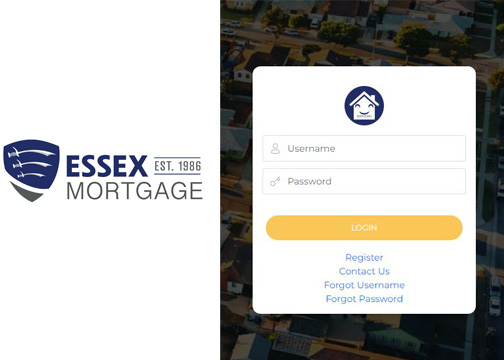If you are in debt to the federal student loans, you can consider combining either one or more into a direct consolidation loan. The U.S. Department of Education offers direct consolidation loans, which can lengthen your loan terms and simplify repayment. Although both can combine many loans into one, federal loan consolidation differs from student loan refinancing.

While consolidating your federal loans will maintain your student debt in the federal loan program, it won’t lower your interest rate. However, refinancing federal loans through a private lender results in removing federal protections and repayment schedules and replacing them with a private loan. Furthermore, there’s an understanding of what federal direct loan consolidation is, associated with its benefits, drawbacks, and application process.
What is a Direct Consolidation Loan?
A direct consolidation loan merges multiple federal education loans into a single loan. The weighted average of the rates on the aggregated loans serves as the basis for the fixed interest rate on this loan. The borrower must complete a free application to combine debt through the direct consolidation loan scheme.
How Does Direct Consolidation Loan Work?
If you are in debt to federal student loans, you can consider combining multiple of these loans into a single loan known as a direct consolidation loan. In addition, you can select different terms for repayment after consolidating. However, you may choose a regular plan with terms as long as 30 years or an income-driven repayment (IDR) plan, depending on the amount of your loan.
The weighted average of your prior rates, rounded to the closest one-eighth of one percent, will be your new interest rate. Also, you will have the option to select a different loan servicer. Repayment of several student loans can be made easier by consolidating them into a single loan, which only requires one monthly payment. You are not required to consolidate all of your federal loans, though.
Types of Consolidated Loans
Consolidation of Direct Loans is only available for federal student loans. Loans from private schools are not accepted. You can combine the following loan types:
- Direct subsidized and unsubsidized loans.
- Direct PLUS Loans.
- FFEL subsidized and unsubsidized loans.
- FFEL PLUS loans.
- Federal Perkins Loans.
- Student Loans for Nursing.
- Nurse Faculty Loans.
- Health Education Assistance Loans.
- Health Professions Student Loans.
- Loans to Underprivileged Students.
- FFEL and Direct loans Consolidation loans (with some restrictions).
It should be noted that federal parent loans can be consolidated, but not with student loans that they obtained.
Advantages of Direct Consolidation Loan
Borrowers may have repayment options of up to 30 years with a single monthly payment, which facilitates monitoring the balance of student loans. Direct consolidation loans have a fixed interest rate, and borrowers have various repayment choices.
Among the choices are:
- A typical payback schedule.
- A phased payback schedule.
- A longer payback schedule.
- The Plan for Pay As You Earn (PAYE).
- An IBR Plan, or Income-Based Repayment.
- A plan for income-dependent repayment (ICR).
- A Repayment Schedule Dependent on Income.
Disadvantages of Direct Consolidation Loan
The interest rate on a combined loan is determined by averaging the rates on the individual loans, with the results rounded to the nearest one-eighth of a percent (0.125%). A consolidated loan’s interest rate could be greater or lower than the average of the individual loans. The borrower’s monthly payment is reduced by consolidation because it lengthens the repayment time, but they may wind up paying more money overall. There is no grace time for a direct consolidation loan. Following consolidation, the repayment period begins immediately, with the first payment being due in around 60 days.
How to Apply for a Direct Consolidation Loan
You have two options for applying: online or through US mail. The majority of users finish the online application within 30 minutes. Go to the aforementioned link and select “Don’t want to use the electronic application?” to apply by mail. The debt consolidation process will be handled by a loan servicer after your application is submitted.
This servicer will be your point of contact for any inquiries you may have regarding your consolidation application at this stage of the procedure. The servicer you chose on your consolidation application might not be the same as this one. If so, don’t panic; after the consolidation is finished, you’ll still be able to work with the servicer you chose.
Final Thoughts
Those who manage several payments on numerous federal student loans might want to think about applying for a direct consolidation loan. The loans are combined into a single loan under this arrangement, which has a set interest rate. Borrowers do not need to pay an application fee, and there is no requirement for a credit check. The Department of Education’s website has information.





